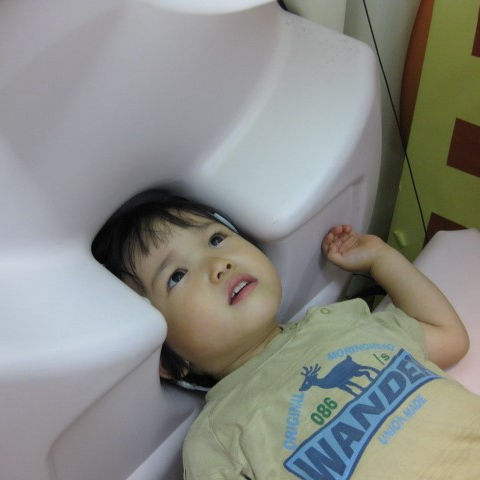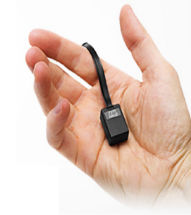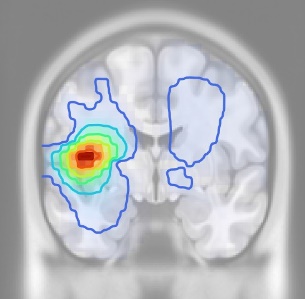Progress Report
Protecting children's intellectual curiosity and individuality to realize a dynamic society[1] Visualization of Children's Mental Well-being
Progress until FY2024
1. Outline of the project
The role of the research and development project "Assessment of Brain Individuality and Evaluation of Intervention Effects" is to explain the inherent characteristics of conditions such as Autism Spectrum Disorder (ASD) using both cognitive psychology and neuroscience (e.g., infant magnetoencephalography), enabling caregivers to view children in a more objective manner. The objective is to build scientific evidence to dispel misconceptions such as "developmental disorders caused by parenting" among families struggling with child-rearing and to prevent disharmony within the home (including parental maladaptation and abuse).


The role of the research and development project "Advanced Element Development of Brain-Measurement System Optimized for Children" is to explore the feasibility of applying optically pumped magnetometers (OPM) to infants in order to make the ASD diagnostic system more affordable and practical. It aims to verify whether OPM-MEG can replicate the results of previous studies conducted with SQUID-MEG.
2. Outcome so far
Evaluation of Individual Brain Characteristics and Intervention Effects
To extract brain indices that reflect the individuality of children, we have analyzed the properties of brain networks using graph-theoretical approaches. Through this method, we previously reported that children with autistic traits exhibit reduced small-worldness compared to typically developing peers (Shiota et al., 2022, Frontiers in Psychiatry). Furthermore, we are currently developing a novel classification model based on a combination of peak alpha frequency (PAF) and visual input reactivity as feature parameters (Kameya et al., 2024, Frontiers in Psychiatry). In addition, we confirmed that combining this neurophysiological data with simple psychological assessments enables diagnostic accuracy with both sensitivity and specificity exceeding 90%. A manuscript detailing these findings is currently in preparation.
Development of Advanced Components for a Child-Optimized Magnetoencephalography System
Using the latest generation OPM sensors (QZFM Gen.3 by QuSpin), we successfully detected sensory responses such as auditory evoked fields in adult participants. Furthermore, we established a method for aligning sensor positions with individual brain structural data and implemented an estimation algorithm that effectively utilizes information from only 12 sensors—substantially fewer than conventional MEG systems—to localize neural activity sources (see left panel). In anticipation of pediatric measurements, we also developed a magnetic field gradient control system to accommodate head movements during recording. Importantly, we successfully recorded auditory evoked responses and resting-state rhythms in young children, thereby demonstrating the practical utility of this motion-tolerant MEG system.


3. Future plans
We will continue to evaluate the utility of magnetoencephalography (MEG) in neurodevelopmental disorders while further optimizing OPM-based MEG measurements to suit pediatric populations. Specifically, we aim to stabilize OPM performance by characterizing spatial and temporal variations of magnetic fields within the shielded room—using auxiliary sensors—and simultaneously canceling magnetic field gradients in all directions. Additionally, by integrating advanced signal processing techniques and source localization algorithms, we seek to extract neural signals with a higher signal-to-noise ratio.
To promote clinical applicability, Kanazawa University is currently preparing to relocate the OPM measurement system from an off-site laboratory to a facility within the university hospital.